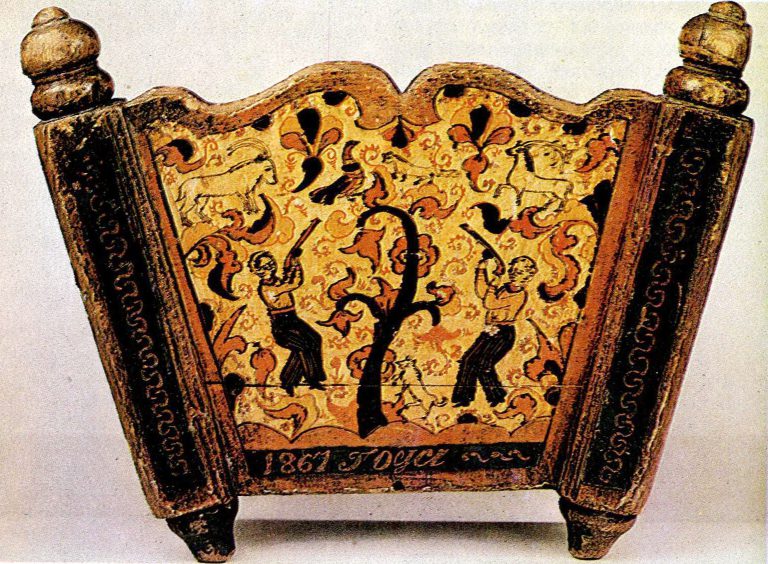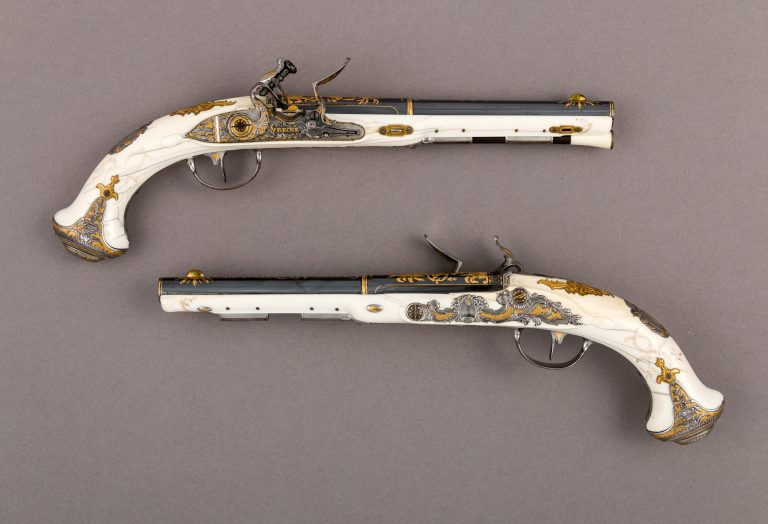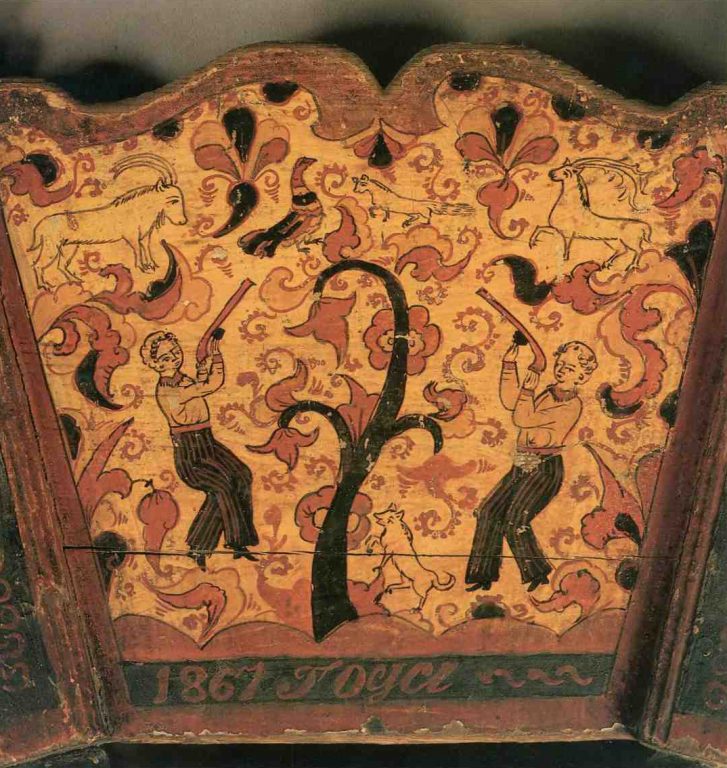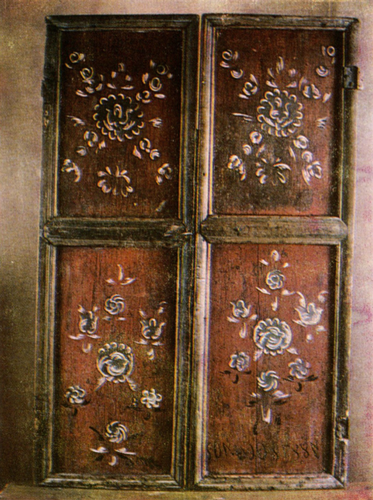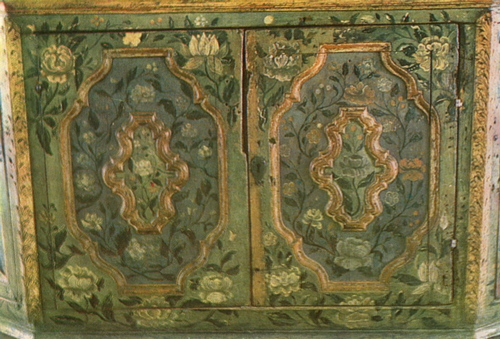

-
Objectfurniture, chests, stoves: Relief
-
Type of arts & crafts
-
MediumIvory
-
SizeH. 4 x W. 2 1/2 x Th. 7/16 in. (10.1 x 6.3 x 1.1 cm)
-
Geography details
Iraq -
Country today
-
Dateca. 9th-8th century B.C.
-
CultureAssyrian
-
PeriodNeo-Assyrian
-
Type of sourceDatabase “Metropolitan Museum of Art”
-
Fund that the source refers toMetropolitan Museum of Art
-
This rectangular plaque was found in a storeroom at Fort Shalmaneser, a royal building at Nimrud that was probably used to store tribute and booty collected by the Assyrians while on military campaign. It is carved in high relief with a winged, ram-headed sphinx striding to the right supported by the heads and upraised left palms of two kneeling male figures. The male figures raise their right hands with palms facing forward. A long, curving stalk with palmette flowers marks the center of the plaque, and a tree topped by volutes borders the scene on the right. A thin, raised border runs around the other three sides. The sphinx’s eye is deeply drilled to receive an inlay of colored glass or semiprecious stone that has not survived. Two tenons, preserved above the upper and lower edges, indicate that this piece may have been fitted into a frame, likely as part of a piece of furniture.
Ram-headed sphinxes were often depicted in both Egyptian art and Phoenician art. In addition to the sphinx’s slender, typically Phoenician proportions, this plaque exhibits several Egyptian features characteristic of Phoenician ivories. These include the sphinx’s chevron-patterned apron, nemes cloth (a royal, pleated headdress), wesekh broad collar with pendant droplets, and pschent crown (the double crown of Upper and Lower Egypt), as well as the short, curly wigs and pleated kilts worn by the male figures. The facial features of the men – full cheeks, large eyes, small noses, and receding chins – are frequently found on North Syrian ivories. Because of this combination of features, this piece has been classified as South Syrian, a style that occupies an intermediate position between the two.
Built by the Assyrian king Ashurnasirpal II, the palaces and storerooms of Nimrud housed thousands of pieces of carved ivory. Most of the ivories served as furniture inlays or small precious objects such as boxes. While some of them were carved in the same style as the large Assyrian reliefs lining the walls of the Northwest Palace, the majority of the ivories display images and styles related to the arts of North Syria and the Phoenician city-states. Phoenician style ivories are distinguished by their use of imagery related to Egyptian art, such as sphinxes and figures wearing pharaonic crowns, and the use of elaborate carving techniques such as openwork and colored glass inlay. North Syrian style ivories tend to depict stockier figures in more dynamic compositions, carved as solid plaques with fewer added decorative elements. However, some pieces do not fit easily into any of these three styles. Most of the ivories were probably collected by the Assyrian kings as tribute from vassal states, and as booty from conquered enemies, while some may have been manufactured in workshops at Nimrud. The ivory tusks that provided the raw material for these objects were almost certainly from African elephants, imported from lands south of Egypt, although elephants did inhabit several river valleys in Syria until they were hunted to extinction by the end of the eighth century B.C.











